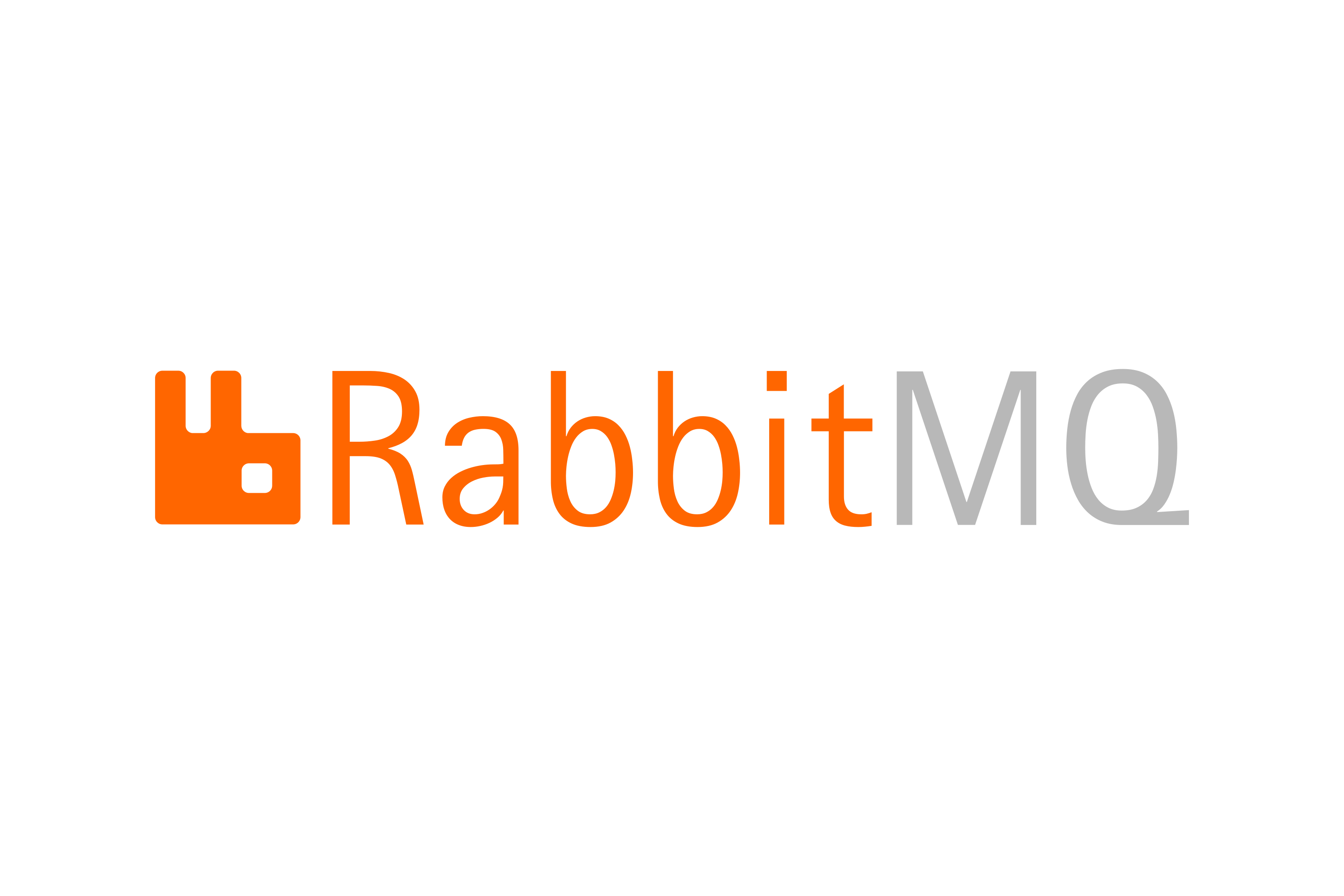Introducing RabbitMQ Plugins: Extending the Functionality of Message Queuing
Learn how RabbitMQ plugins can enhance your messaging architecture by adding new features, improving performance, and integrating with other systems. Discover popular plugins and how to install and configure them. Take your RabbitMQ deployment to the next level with these powerful extensions.

Introduction
In the world of message queuing, RabbitMQ stands out as one of the most popular and powerful solutions. It provides a robust and flexible platform for asynchronous communication between distributed systems. But did you know that you can extend the functionality of RabbitMQ even further with plugins?
RabbitMQ plugins are additional pieces of software that you can install to enhance the capabilities of your RabbitMQ broker. These plugins allow you to add new features, improve performance, and integrate RabbitMQ with other systems. In this blog post, we'll explore the exciting world of RabbitMQ plugins and learn how they can take your messaging architecture to the next level.
What Are RabbitMQ Plugins?
RabbitMQ plugins are modules written in Erlang, the language on which RabbitMQ is built. They are lightweight and can be easily installed, enabled, and disabled within your RabbitMQ broker. Plugins extend the functionality of RabbitMQ by adding new protocols, message transformations, authentication mechanisms, and more.
Since RabbitMQ is an open-source project, it benefits from a vibrant community that develops a wide range of plugins. These plugins address various use cases and can be utilized to customize RabbitMQ to meet your specific requirements.
Managing RabbitMQ Plugins
The RabbitMQ management interface provides a user-friendly web interface to manage plugins. To access the management interface, you need to enable the RabbitMQ Management Plugin. This plugin is bundled with RabbitMQ and can be enabled with a single command:
rabbitmq-plugins enable rabbitmq_management
Once enabled, you can access the management interface by opening a web browser and navigating to http://localhost:15672. The management interface allows you to install, enable, disable, and configure plugins. You can also monitor the status and activity of your RabbitMQ broker.
Popular RabbitMQ Plugins
Let's take a look at some popular RabbitMQ plugins and explore how they can enhance your messaging architecture:
1. Shovel Plugin
The Shovel plugin enables message replication between RabbitMQ brokers. It allows you to create shovels, which are configured to copy messages from one location to another. This plugin is especially useful for implementing high-availability and disaster recovery solutions.
2. Federation Plugin
The Federation plugin provides means to replicate exchanges across multiple RabbitMQ brokers. It allows you to create upstream and downstream connections to federate exchanges and distribute messages across a network of brokers. This plugin is ideal for building geographically distributed messaging systems.
3. STOMP Plugin
The STOMP (Simple Text Oriented Messaging Protocol) plugin adds support for the STOMP standard to RabbitMQ. STOMP is a lightweight messaging protocol that is widely used in web and mobile applications. With this plugin, you can seamlessly integrate RabbitMQ with your STOMP-based messaging infrastructure.
4. Auth Backend HTTP
The Auth Backend HTTP plugin enables HTTP-based authentication for RabbitMQ. It allows you to authenticate users against an external HTTP service. This plugin is highly flexible and can be used to integrate RabbitMQ with existing authentication services and identity providers.
5. RabbitMQ Streams Plugin
The RabbitMQ Streams plugin brings log-based messaging to RabbitMQ. It allows you to create streams, which are log-like data structures that can be consumed by one or more consumers. This plugin is designed for high-throughput and fault-tolerant event streaming scenarios.
Installing and Configuring RabbitMQ Plugins
Installing and configuring RabbitMQ plugins is a straightforward process:
- Ensure that RabbitMQ is installed and running.
- Enable the RabbitMQ Management Plugin to access the management interface.
- Open the management interface in a web browser.
- Select the "Plugins" tab.
- Browse the available plugins or search for a specific plugin.
- Select the desired plugin and click "Enable" to install and enable it.
- Configure the plugin if necessary, using the options provided in the management interface.
- Restart the RabbitMQ broker for the changes to take effect.
Wrapping Up
RabbitMQ plugins offer a powerful way to extend the functionality of your messaging system. Whether you need to replicate messages across brokers, federate exchanges, integrate with external authentication services, or leverage log-based messaging, there's likely a plugin that can fulfill your requirements.
Take your RabbitMQ deployment to the next level by exploring the vast collection of plugins available and experiment with their capabilities. With the right combination of plugins, you can create a highly customized and efficient messaging architecture that meets the unique needs of your applications.
Happy plugin exploring!